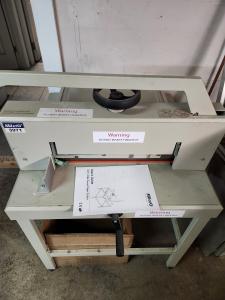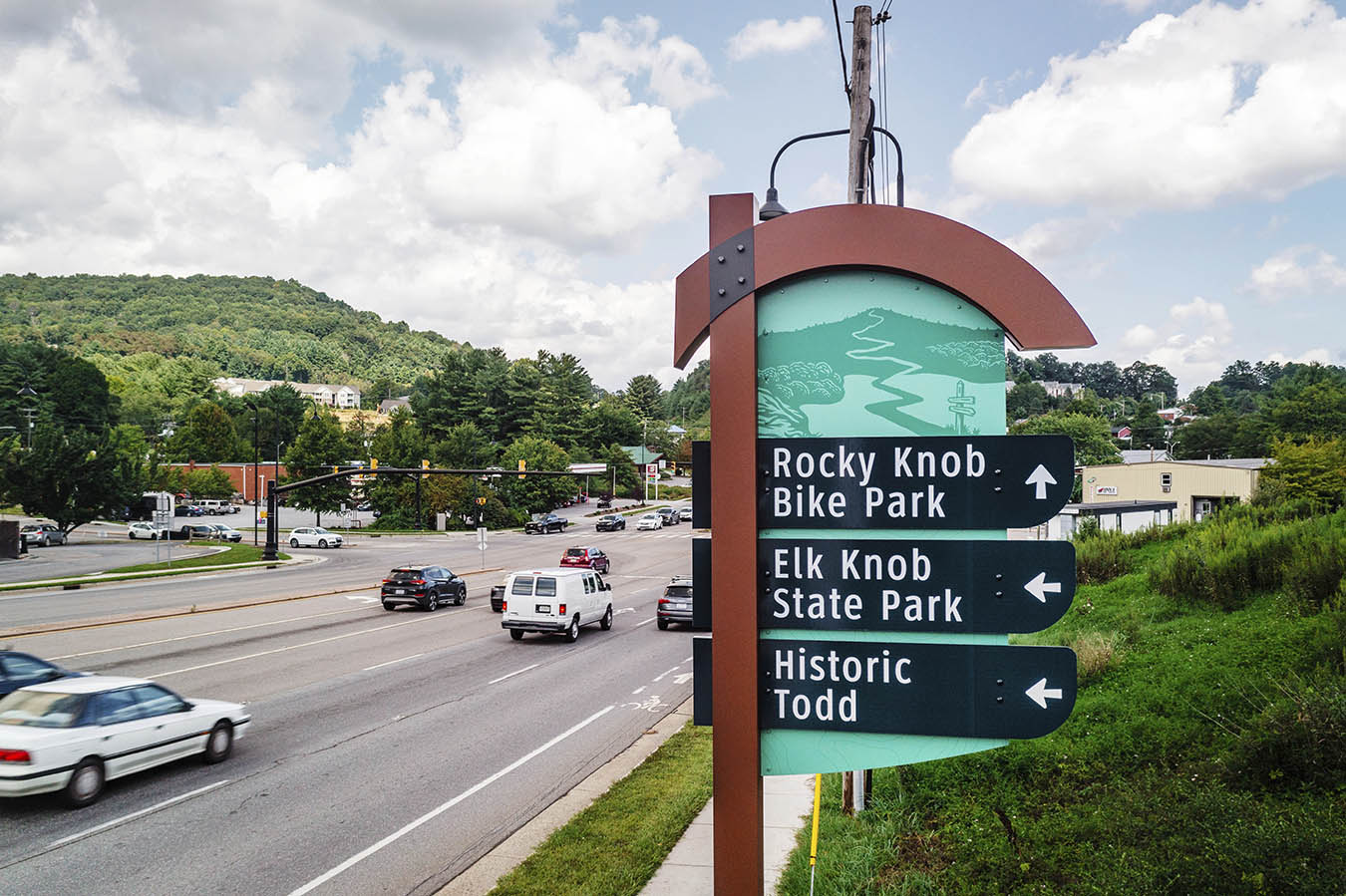OOH | Aisles of influence
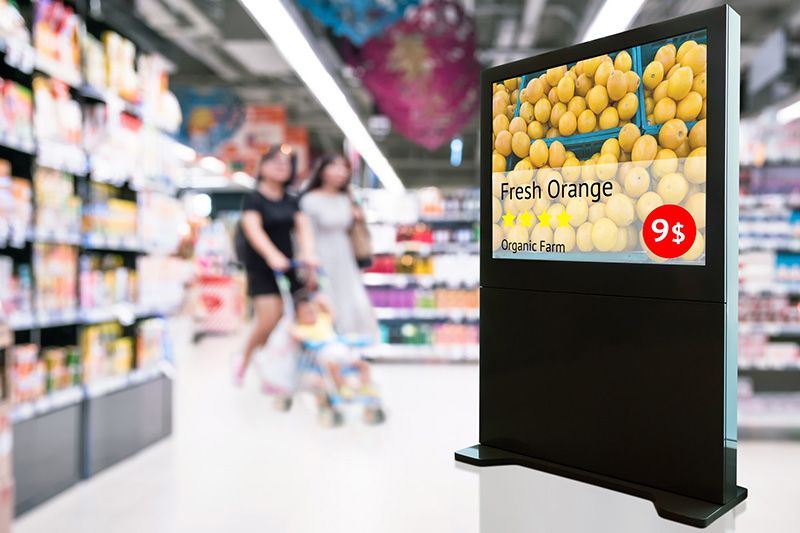
Have you ever walked down the grocery store aisle, list in hand, only for an end cap display ad to catch your attention? You then proceed to find the item on promotion and add it to your cart, even though it wasn’t on your list. If this scenario sounds familiar, you’ve experienced the power of in-store media firsthand. And if it doesn’t, it soon may. Retail media is having a moment. In the U.S., for example, marketing research company EMARKETER projects that retail media spend alone will reach US$60.81 billion in 2025, and the growth of in-store media is helping to fuel this evolution, outpacing that of online retail media.
Interactive digital screens, context-aware signage, and mobile-enabled touchpoints are increasingly becoming part of the everyday shopper experience. While this development will unlock more meaningful interactions between retailers and shoppers, it also presents a new creative canvas for brands looking to engage audiences in a purchasing mindset. As more grocery, convenience, and drug stores, gas stations, and mass merchant retailers adopt in-store media networks and advertisers start using available ad inventory, the emerging sector will drive new growth for out-of-home (OOH) advertising overall.
Scaling an in-store network can seem complicated and expensive at first glance. However, with the right partners and approach, it can be a seamless experience, and the uptick in revenue from advertising, along with increased basket sizes, can offset upfront and ongoing maintenance costs over time. Following these proven strategies can help ensure a positive outcome:
Evaluate available deployment strategies
When building and operating an in-store network, most retailers take one of three approaches: building the network from scratch in-house, aligning with an existing network, or partnering with third-party technology providers for their expertise while maintaining strategic ownership and oversight. As with any decision, each approach presents benefits and drawbacks that can impact content delivery, data access, monetization, long-term scalability, and measurement, so weighing the pros and cons is essential. Retailer goals, resources, and the desired level of control can all help inform the decision-making process.
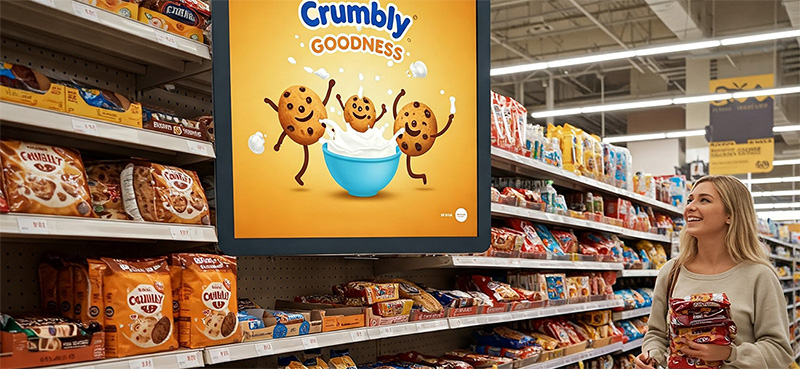
With a proprietary approach, the retailer creates, finances, and runs the network internally. While this path affords more autonomy, network customization, and exclusive ownership of first-party data and monetization, it also demands significant resources. Retailers must source, secure, and cover the costs of all hardware and software and pay for ongoing maintenance. A dedicated team also needs to be in place to manage ad sales and content strategy. While these networks offer a wealth of data, they often take longer to get off the ground, deliver return on investment (ROI), and can be challenging to scale.
Tapping into a pre-existing network managed by an external provider generally requires a smaller upfront investment and can accelerate deployment, while streamlining monetization. The tradeoff, however, is less network customization and control. The long-term revenue share also dips with this approach, as the provider takes a share of the profits. Further, systems in these environments are often closed, making it difficult to take advantage of emerging innovations. Contracts also tend to be fairly rigid, locking retailers into commitments that can hamper long-term scalability. Although it may seem to provide an easier and more economical onramp, the approach makes it more challenging to customize campaigns and integrate with existing systems.
Hybrid networks offer a balance of both these options. By leaning on third-party technology and service providers to manage tasks, such as content management, measurement, monetization, and ad operations, retailers can deploy more rapidly and gain specialized expertise while maintaining control over core assets. Assembling integration-ready partners that align with the network’s goals is central to this effort.
Build a measurement and reporting blueprint
In-store media is inherently unique compared to other retail media channels that endemic and non-endemic brands leverage. This can make in-store measurement and reporting an uphill battle. Brands often expect apples-to-apples reporting, when you’re really comparing apples to oranges. In fact, over a third of retailers report challenges in proving ROI.
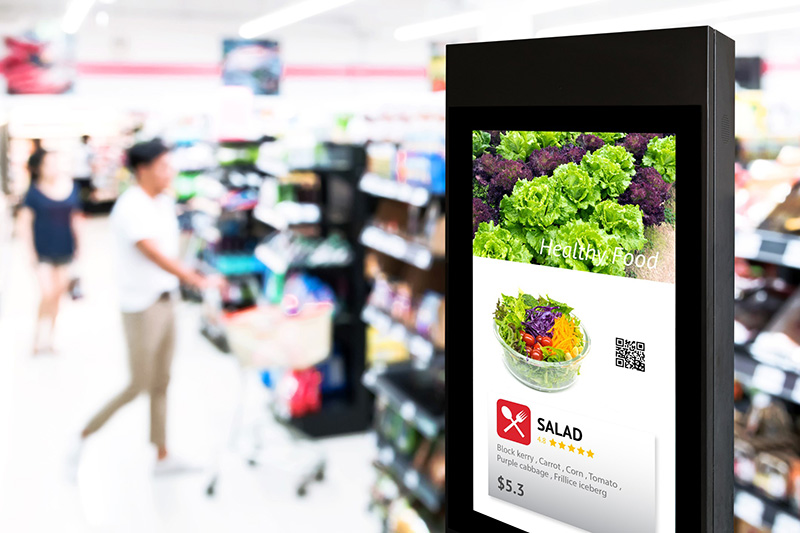
In-store measurement and reporting remain an imperfect art due to variables such as screen visibility, dwell time, and shopper flow, which vary significantly by location and time of day. However, they are also vital to showing brand partners the value of their spend and ensuring confidence in the channel. Methods are improving with each passing year. However, leveraging open APIs for integrations that use sensors, data systems, and measurement models with proprietary or hybrid networks, or joining networks that come with these built-in capabilities, can be a valuable first step.
Also, don’t focus solely on impressions and consult with the Interactive Advertising Bureau (IAB) retail measurement standards. Seek out solutions for tracking data, like foot traffic, dwell time, in-store conversation, and product lift. This will help ensure more standardized reporting, so that advertisers can compare performance across retail media channels and see the benefits in-store media brings to their larger omnichannel effort. Once measurement is refined, the results can be used to study, refine, and enhance the network and inform future content strategies.
Design content and approve ad creative with the shopper experience in mind
When in-store content efforts are unco-ordinated and made by siloed teams, the result can be off-putting to shoppers, with visuals and messaging that don’t align or quite hit the mark. Campaigns may not resonate, and shoppers may leave confused. This challenge is often exacerbated by a lack of standards and solutions for facilitating complex campaigns, managing different media inventory across locations, or balancing content owned or provided by advertisers.
Deploying a solid content management system (CMS) as part of a larger in-store network strategy can be helpful in this respect. It makes it easier to establish and enforce rules for how content is placed and sequenced, as well as its length, resolution, and aspect ratio. It’s also important to put brand safety guardrails in place for content review to ensure that messages the shoppers could perceive negatively don’t slip through the cracks.
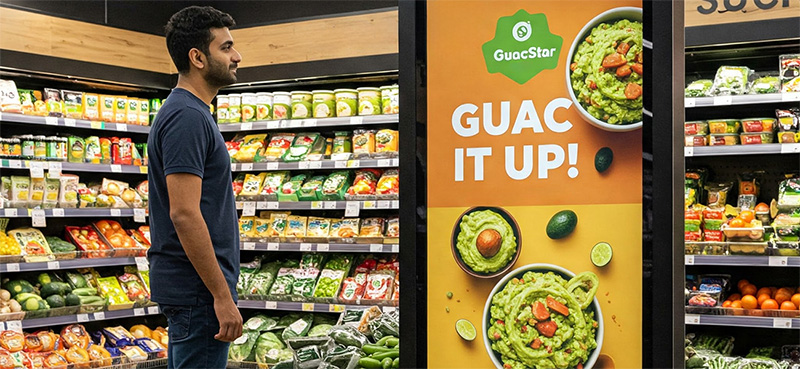
Ensuring the network can support dynamic content is another item on the priority checklist. Being able to trigger content based on real-time conditions, such as weather, time of day, or a big event, can make content feel more relevant to shoppers. For instance, a fuel pump display ad could promote cold beverages or sunscreen when the temperature rises above 35°C, or in-store displays might surface recommendations and promotions on last-minute suggestions for potluck items to bring to a Grey Cup party leading up to and before kick-off. There are many ways to use dynamic creative to make the shopper experience more memorable.
Don’t underestimate the importance of scalability
Sooner or later, a successful media network will need to scale. Taking this into consideration from the outset can translate to long-term success. Not only does a scalable network make screen onboarding and management across locations more seamless with continued growth, but it also ensures that the network can accommodate more advertisers as interest in the network increases. It’s also easier and more cost-efficient to experiment with emerging technological innovations and improve reporting and measurement capabilities as industry practices and preferences evolve.
Building a scalable infrastructure is not as complex as one might think. Start with assembling a solid technology stack, including a CMS and ad server that can be used to schedule and deliver dynamic content across in-store screens in a streamlined fashion. Customer data platform (CDP) and supply-side platform (SSP) integrations are also paramount, as they’ll allow you to maximize first-party data and take advantage of more potential advertising revenue, respectively.
Once the network is off the ground, the results will be hard to ignore. Growing pains are to be expected, but with the proper strategic planning, a well-established partner ecosystem, and a strong technological foundation already in place, navigating these hurdles will be much easier.
Julia Di Paola is the marketing manager of retail media, Broadsign. For more insight into in-store networks, the opportunities they bring, and practical advice for building an infrastructure that will last, read this ebook: https://broadsign.com/ebooks/in-store-activation.

